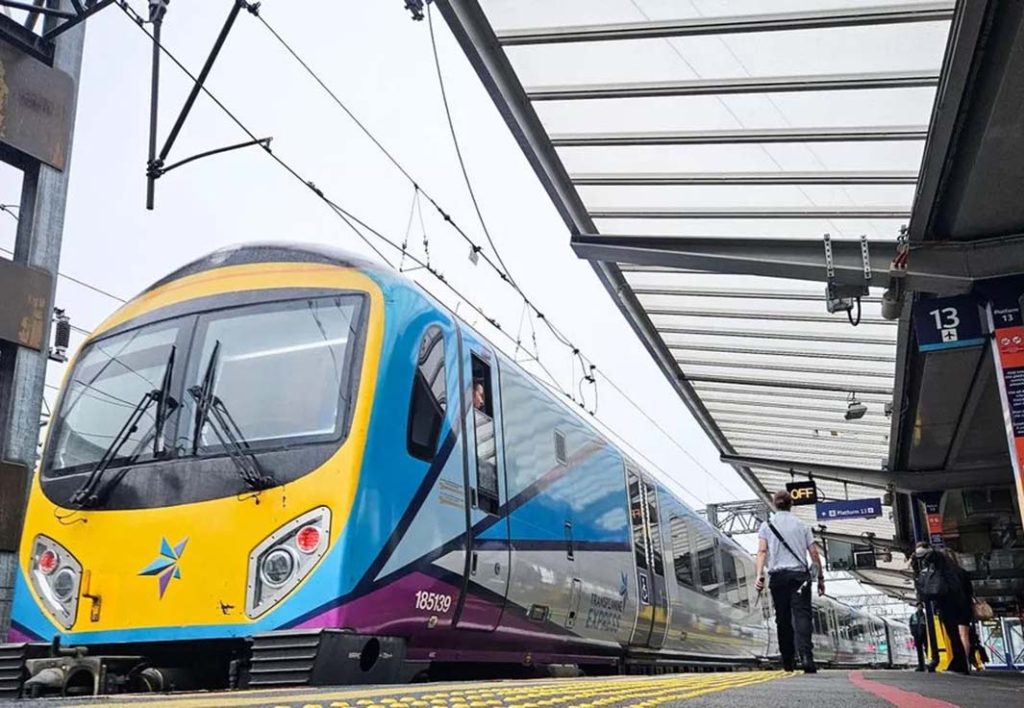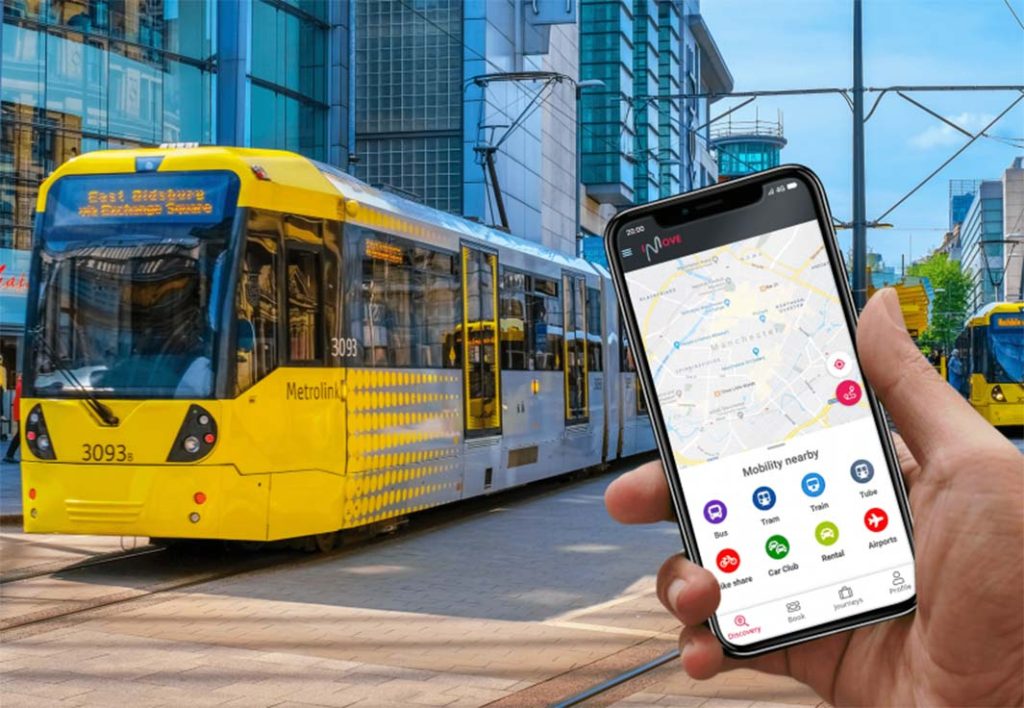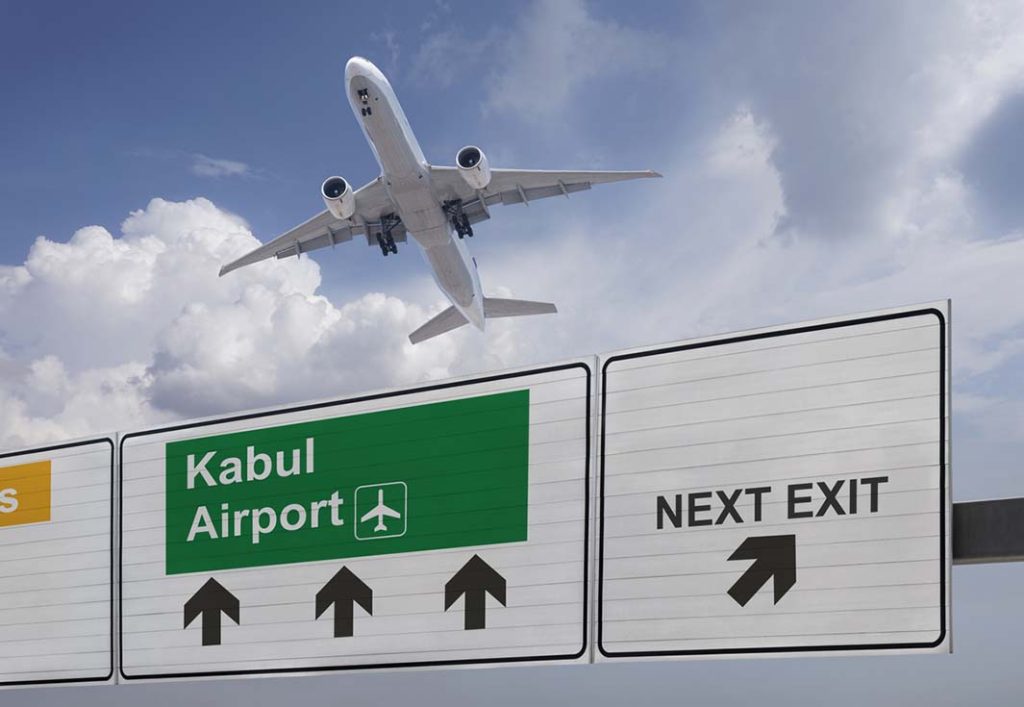Manchester, a city renowned for its industrial heritage, vibrant cultural scene, and world-class football clubs. Navigating this bustling metropolis efficiently is essential to making the most of your visit.
In this comprehensive guide, I’ll introduce Manchester’s extensive transport network to you, providing detailed insights into public transport options, walking routes, cycling opportunities, and insider tips for seamless travel.
Understanding Manchester’s Transport Network
1. Public Transport Overview
Manchester boasts a robust and interconnected public transport system, making it easy to traverse the city and its surrounding areas. Whether you prefer trams, buses, or trains, each mode offers its own advantages:
– Metrolink Trams: The backbone of Manchester’s public transport, the Metrolink is a light rail system that covers key areas including the city center, Salford Quays, and Manchester Airport. With frequent services and dedicated tram lines, it’s a reliable option for both commuters and tourists alike.
– Buses: Managed by Transport for Greater Manchester (TfGM), the bus network spans across Greater Manchester, serving suburban and city routes. From double-deckers to hybrid buses, the fleet is designed to accommodate diverse travel needs.
– Trains: Manchester is well-connected to major cities across the UK via its extensive railway network. Manchester Piccadilly and Manchester Victoria are the primary stations, offering regional and national rail services.
2. Navigating the Metrolink
– Ticketing Options: Purchase Metrolink tickets at vending machines located in tram stations or through the GetMeThere app. Ticket types range from single-trip fares to weekly or monthly passes, providing flexibility for frequent travelers.
– Service Frequencies: Trams operate with high frequency during peak hours, ensuring minimal waiting times. Off-peak schedules are adjusted but remain convenient for travel throughout the day.
– Accessibility: Metrolink trams are designed to be accessible to all passengers, including those with mobility aids or strollers. Each tram is equipped with designated spaces and ramps for easy boarding.
3. Bus Services in Manchester
– Ticketing and Payment: Pay for bus fares using contactless payment cards or by purchasing tickets directly from the driver (exact change required). For regular travelers, day passes and weekly tickets offer economical alternatives to single fares.
– Comprehensive Route Network: TfGM manages an extensive network of bus routes that crisscross the city and extend into the suburbs. For detailed route information and real-time updates, travelers can consult TfGM’s official website or mobile app.
– Night Services: Night buses operate on key routes during weekends, ensuring accessibility for late-night travelers exploring Manchester’s vibrant nightlife and entertainment venues.
4. Train Travel

– Main Railway Hubs: Manchester Piccadilly serves as the city’s primary railway station, handling a substantial volume of regional and national train services. Manchester Victoria, located in the city center, offers convenient access to destinations across northern England and local attractions.
– Ticketing and Reservations: Plan ahead for intercity travel by booking tickets in advance through National Rail or train operator websites. Discounts are available for passengers using railcards, providing savings on regular fares.
– Interconnectivity: Manchester’s railway network links the city to neighboring regions and major urban centers such as Liverpool, Leeds, Birmingham, and London, making it a strategic hub for exploring the broader UK.
Tips for Getting Around Manchester
1. Utilizing Navigation Apps
– Citymapper: A popular choice among locals and visitors alike, Citymapper offers comprehensive journey planning tools, including real-time departure information and alternative route options based on current travel conditions.
– TfGM App: The official Transport for Greater Manchester app provides up-to-date service alerts, live departure times for buses and trams, and integrated journey planning features to streamline travel within the city and beyond.

2. Exploring Manchester on Foot
– City Center Exploration: Many of Manchester’s iconic landmarks and cultural hotspots are conveniently located within walking distance of each other. From the bustling shopping districts of Market Street and Exchange Square to the historic canalside settings of Castlefield, exploring on foot offers a firsthand experience of the city’s rich history and vibrant atmosphere.
– Safety and Accessibility: Manchester’s pedestrian-friendly streets and well-maintained sidewalks make walking an enjoyable and safe mode of transport. Travelers are encouraged to stay aware of their surroundings, particularly in crowded or unfamiliar areas, and to use designated pedestrian crossings where available.
3. Cycling in Manchester
– Cycle Routes and Infrastructure: Manchester is committed to promoting cycling as a sustainable and efficient means of transport. Dedicated cycle lanes and shared paths are integrated throughout the city, offering cyclists a safe and scenic route to explore Manchester’s diverse neighborhoods and green spaces.
– Bike Sharing Programs: For visitors seeking a flexible and eco-friendly travel option, Manchester offers several bike-sharing schemes, such as Mobike and Lime, which provide convenient access to bicycles stationed at various locations across the city. Users can unlock bikes using a smartphone app and return them to designated docking stations at the end of their journey.
– Safety Precautions: Prioritize safety by wearing a helmet, adhering to traffic regulations, and securing your bike with a robust lock when not in use. Familiarize yourself with Manchester’s cycling laws and guidelines to ensure a smooth and enjoyable biking experience.
4. Driving and Parking Considerations
– Car Rental Services: Renting a car in Manchester is a viable option for travelers wishing to explore the city and its surrounding regions at their own pace. Major car rental agencies operate at Manchester Airport and downtown locations, offering a diverse fleet of vehicles ranging from compact cars to SUVs.
– Parking Facilities: Manchester features a range of parking options, including on-street metered parking, multi-story car parks, and designated parking facilities at shopping centers and entertainment venues. Consider using mobile apps or parking guidance systems to locate available parking spaces and calculate parking fees in advance.
Insider Tips for Effortless Travel
1. Peak Travel Times: Plan your journeys outside of peak commuting hours (typically 7-9am and 4-6pm) to avoid congestion and minimize travel delays on public transport routes.
2. Ticketing Strategies: Optimize your travel budget by purchasing day passes or multi-day travelcards, which offer unlimited travel on buses, trams, and trains within specified zones. Explore discounted fare options for seniors, students, and families traveling together.
3. Advance Planning: Take advantage of online resources and mobile apps to plan your travel itinerary, check real-time service updates, and navigate alternative routes in response to unexpected disruptions or engineering works.
4. Local Insights: Engage with Manchester residents and hospitality professionals for insider recommendations on hidden gems, local events, and authentic dining experiences throughout the city. Embrace the opportunity to immerse yourself in Manchester’s vibrant cultural scene and community spirit.
Avoiding Traffic Congestion
Manchester, like any major city, experiences traffic congestion during peak hours and major events. Here are strategies to help you avoid delays:

– Plan Ahead: Use traffic monitoring apps like Google Maps or Waze to check current traffic conditions and find the quickest routes.
– Avoid Peak Times: If possible, schedule your travel outside of rush hours, typically between 7-9am and 4-6pm.
– Use Public Transport: Opt for Metrolink trams or buses, which have dedicated lanes and can bypass some of the worst traffic congestion.
– Explore on Foot or Bike: In congested areas, walking or cycling may be quicker than driving. Many central locations are pedestrian-friendly with ample bike lanes.
– Alternative Routes: Familiarize yourself with alternative routes to popular destinations to avoid main traffic hotspots.
By incorporating these tips into your travel plans, you can navigate Manchester’s bustling streets with ease, ensuring a smooth and enjoyable experience while exploring all that this dynamic city has to offer. Embrace the diversity, culture, and history that Manchester embodies, and make the most of your visit with efficient and stress-free travel. Safe travels!
Navigating Manchester’s diverse transport network is an integral aspect of experiencing the city’s rich tapestry of history, culture, and urban vitality. By leveraging the insights and practical tips provided in this guide, travelers can confidently explore Manchester’s iconic landmarks, dynamic neighborhoods, and scenic landscapes while optimizing their travel experience through efficient and sustainable transport solutions.
Whether you choose to embark on a tram adventure through the city center, discover hidden gems on foot, or pedal along picturesque cycle routes, Manchester invites you to embark on an unforgettable journey of discovery and exploration. Embrace the spirit of adventure, embrace the spirit of Manchester.



